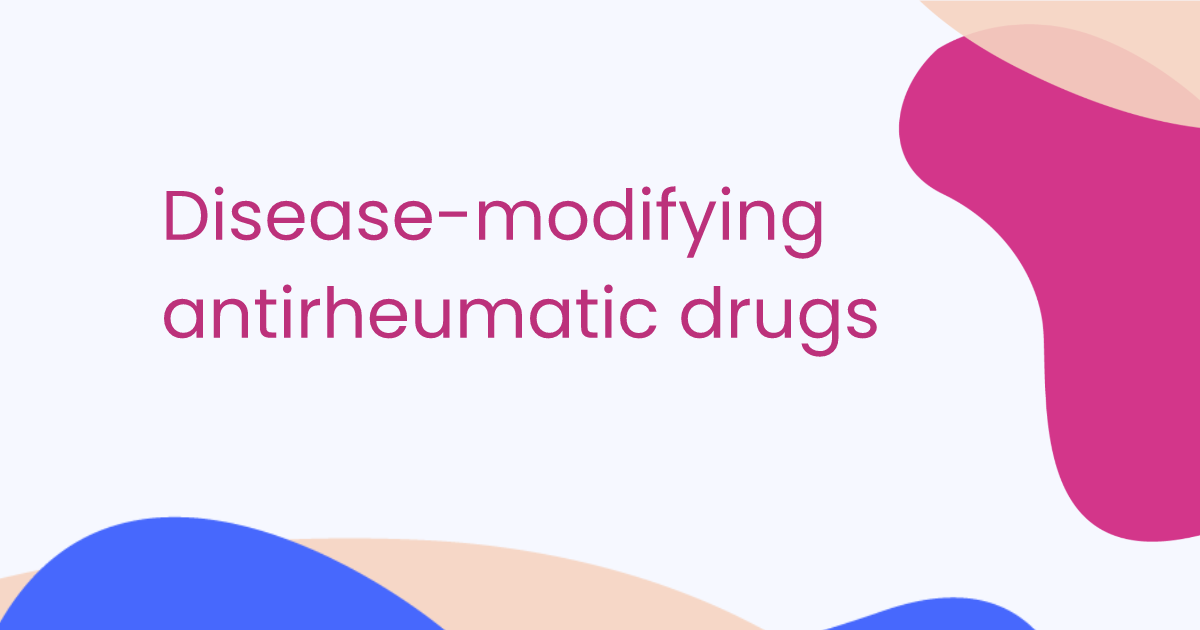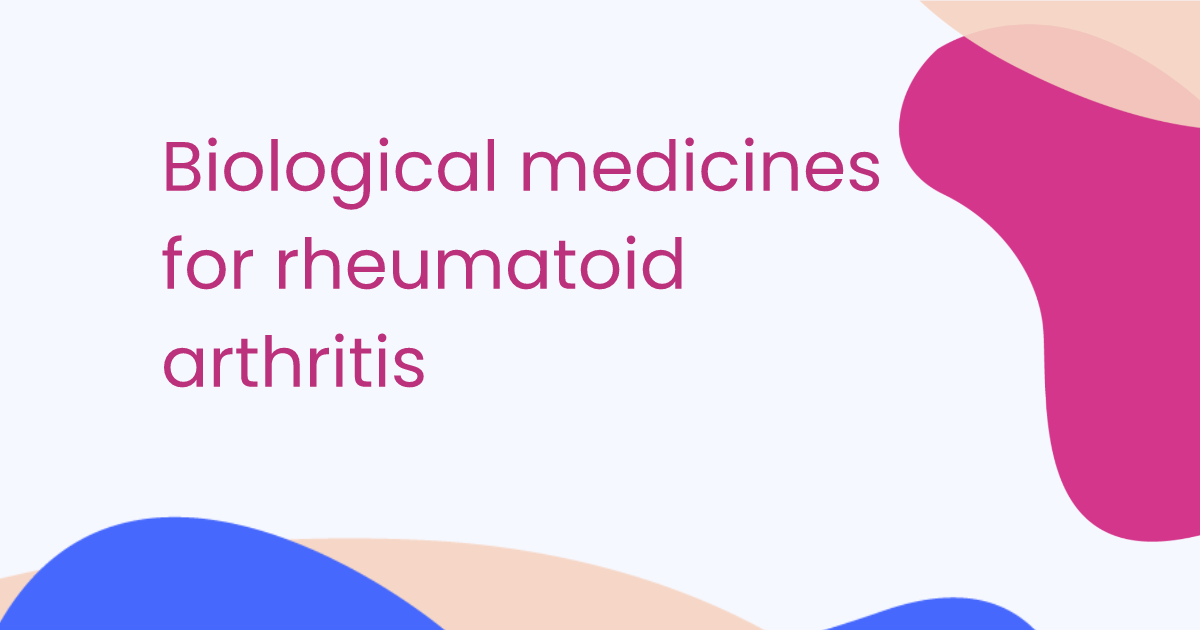Steroid injections
Peer reviewed by Dr Doug McKechnie, MRCGPLast updated by Dr Hayley Willacy, FRCGP Last updated 26 Mar 2023
Meets Patient’s editorial guidelines
- DownloadDownload
- Share
- Language
- Discussion
In this series:SteroidsOral steroidsTopical steroidsFingertip units for topical steroidsSteroid nasal sprays
Steroid injections can be used for joint problems and rheumatoid arthritis. They can also be used for some conditions affecting soft tissues, like tendon inflammation or tennis elbow.
Steroid injections can be very effective but should be used with other treatments. There is also some evidence that steroid injections may be either completely ineffective or effective for just a relatively short period of time. Other treatments may include medicines for pain relief and physiotherapy, depending on the underlying condition. The side-effects from steroid injections are uncommon. However, the injected area may be sore for the first few days after the injection.
In this article:
Continue reading below
What are steroid injections?
Steroid injections are anti-inflammatory injections that deliver a high dose of medicine (steroids) directly to the problem area in the body. Steroid injections can be used to reduce inflammation in joints and soft tissues, such as tendons or tennis elbow.
What are steroids?
Steroids are chemicals that occur naturally in the body. Steroid medicines can be used to reduce inflammation and are used to treat many different conditions, including arthritis. They are different to anabolic steroids that can be used to increase muscle size and strength.
Why are steroid injections used?
Steroid injections may be used for people with rheumatoid arthritis or other causes of joint pain and swelling such as osteoarthritis, gout or frozen shoulder. Steroid injections may also be used for inflammation of soft tissues, such as:
Bursitis, prepatellar bursitis, olecranon bursitis.
Tendinopathies - eg, Achilles tendinopathy. (See also the separate leaflet called Tendinopathy and Tenosynovitis.)
Shoulder rotator cuff disorders.
Trigger points (very localised points of pain in the tissue around a muscle).
Neuromas (small abnormal growths of nerve tissue, usually benign).
Nerve compression - eg, carpal tunnel syndrome.
Foot problems - eg, plantar fasciitis.
A local steroid injection may be given to reduce inflammation and pain in a joint.
The main purpose of the steroid injection is to decrease pain and increase movement and use of the affected area. Steroid injections are usually well tolerated and much less likely than steroid tablets to cause serious side-effects. See the separate leaflet called Oral Steroids.
Continue reading below
Where to get steroid injections
Some GPs do steroid injections; they can also be done by certain specialists such as rheumatologists, orthopaedic surgeons, radiologists and specialist physiotherapists. Some clinicians may choose to do the injection using an ultrasound image to guide them. This helps ensure the steroid goes to the correct place. Most injections are quick and easy to perform but the injection must be given in a very clean (sterile) environment to prevent infection.
You should rest the injected joint for 1-2 days after the injection and avoid strenuous activity for five days. The steroid injection can be repeated if the first injection is effective. However, you should not have steroid injections in the same part of your body more than three times a year.
How long do local steroid injections take to work?
Short-acting steroid injections can give relief within hours and the benefit should last for at least a week. Longer-acting steroid injections may take about a week to become effective but can then be effective for two months or even longer. There is no evidence they provide any relief after six months.
A local anaesthetic may be combined with the steroid in the injection to reduce any discomfort of the injection. If the injected joint or soft tissue is painful after the injection then simple painkillers like paracetamol will help.
Continue reading below
Steroid injection side-effects
Side-effects of steroid injections are very unlikely but occasionally people notice a flare-up of pain in the injected area within the first 24 hours after the injection. This usually settles on its own within a couple of days but taking simple painkillers like paracetamol will help.
Other steroid-related side-effects are rare but may include:
Infection (If your joint becomes more painful and hot you should see your doctor immediately, especially if you feel unwell).
Allergic reactions.
Local bleeding.
Flushing of the skin.
Rupture of a tendon (if the injection is given directly into the tendon).
Excessively frequent, repeated injections into the same area can cause the bone, ligaments and tendons to weaken.
A rise in blood sugar levels for a few days after the injection may occur if you have diabetes.
Steroid injections can occasionally cause some thinning or changes in the colour of the skin at the injection site, especially if the injections are repeated. There is a possibility (at least in the opinion of some experts) that steroid injections may have a bad effect on soft tissue structures such as loss of cartilage tissue; however, the absolute evidence for this is currently small.
When should steroid injections not be used?
Steroids should not be injected when there is infection in the joint or area to be injected or anywhere else in the body. If a joint is already severely destroyed by arthritis, injections are not likely to give any benefit.
If you are likely to have replacement surgery within three months, steroid injection may make the risk of infection in the new joint higher.
If you have a potential bleeding problem or take blood-thinning (anticoagulant) medication (eg, warfarin), the steroid injections may cause bleeding at the site of the injection.
Frequent steroid injections (more often than once every three or four months) are not recommended because of the increased risk of weakening bone and soft tissues in the injected area.
You should also let your doctor know if you have high blood pressure, type 1 or type 2 diabetes, or any unhealed wounds.
What other treatments should I have?
Steroid injections can be part of your treatment. Depending on the condition being treated, a number of other medicines can be used in the treatment of inflammation of joints, tendons or other soft tissues. Physiotherapy and occupational therapy may also be helpful. Your practice nurse, GP or specialist will discuss your options with you.
Patient picks for Bone and muscle medicines

Treatment and medication
Disease-modifying antirheumatic drugs
Disease-modifying antirheumatic drugs (DMARDs) are medicines that are normally prescribed as soon as rheumatoid arthritis (RA) is diagnosed, in order to reduce damage to the joints. Rarely, they can have serious side-effects affecting the blood, liver, or kidneys. DMARDS are usually taken for the rest of your life. Because they are taken for a long time you need to have regular blood tests, to see if the DMARDs are having any side-effects.
by Dr Colin Tidy, MRCGP

Treatment and medication
Biological medicines for rheumatoid arthritis
Biological medicines are a newer type of medicine, used to ease the symptoms of rheumatoid arthritis and reduce the damaging effect of the disease on the joints. They are usually prescribed when you have tried older medicines called disease-modifying antirheumatic drugs (DMARDs) and these have not worked so well. If a biological medicine is going to work, you will usually feel better within 12 weeks of starting one. Biological medicines make you more prone to infections and sometimes damage the blood-producing cells. You should carry a biological therapy alert card with you at all times. This is to make sure that any doctors or nurses who are treating you know that you are taking a biological medicine and that you are at increased risk of developing a serious infection.
by Dr Doug McKechnie, MRCGP
Further reading and references
- Freire V, Bureau NJ; Injectable Corticosteroids: Take Precautions and Use Caution. Semin Musculoskelet Radiol. 2016 Nov;20(5):401-408. doi: 10.1055/s-0036-1594286. Epub 2016 Dec 21.
- Foster ZJ, Voss TT, Hatch J, et al; Corticosteroid Injections for Common Musculoskeletal Conditions. Am Fam Physician. 2015 Oct 15;92(8):694-9.
- Khan M, Bhandari M; Cochrane in CORR(R): Intra-articular Corticosteroid For Knee Osteoarthritis. Clin Orthop Relat Res. 2018 Jul;476(7):1391-1392. doi: 10.1097/CORR.0000000000000358.
- Challoumas D, Biddle M, McLean M, et al; Comparison of Treatments for Frozen Shoulder: A Systematic Review and Meta-analysis. JAMA Netw Open. 2020 Dec 1;3(12):e2029581. doi: 10.1001/jamanetworkopen.2020.29581.
- Kim YM, Joo YB, Song JH; Preoperative intra-articular steroid injections within 3 months increase the risk of periprosthetic joint infection in total knee arthroplasty: a systematic review and meta-analysis. J Orthop Surg Res. 2023 Feb 28;18(1):148. doi: 10.1186/s13018-023-03637-4.
Continue reading below
Article history
The information on this page is written and peer reviewed by qualified clinicians.
Next review due: 24 Mar 2028
26 Mar 2023 | Latest version
23 Jun 2015 | Originally published
Authored by:
Dr Colin Tidy, MRCGP

Ask, share, connect.
Browse discussions, ask questions, and share experiences across hundreds of health topics.

Feeling unwell?
Assess your symptoms online for free
Sign up to the Patient newsletter
Your weekly dose of clear, trustworthy health advice - written to help you feel informed, confident and in control.
By subscribing you accept our Privacy Policy. You can unsubscribe at any time. We never sell your data.